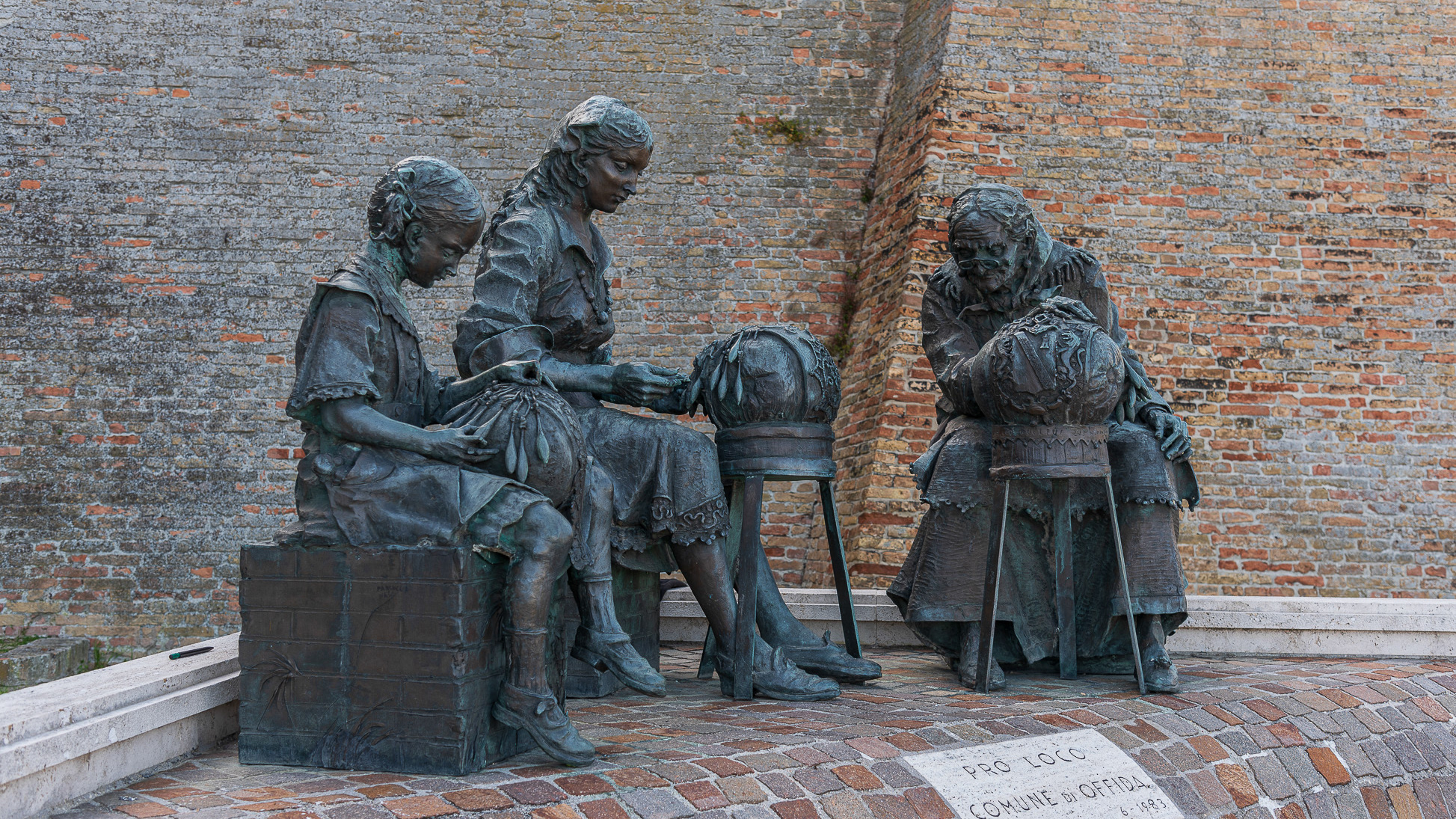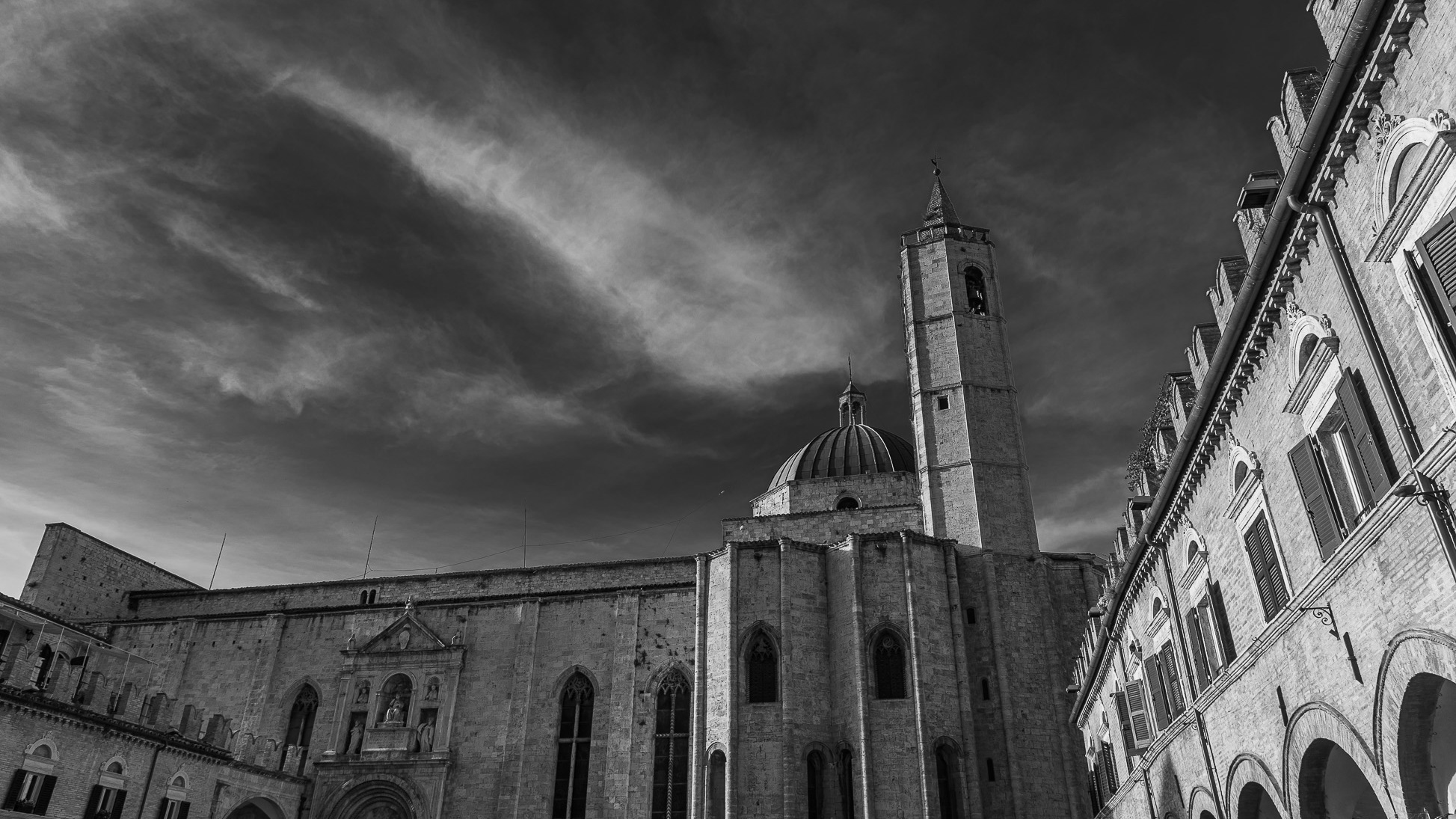Ascoli Piceno, Marche. The Cathedral of San Emidio
The city's cathedral, dedicated to the patron saint, stands on the site of a Roman public building, perhaps the Basilica del Foro, and is the result of multiple construction events that substantially range from the 11th to the 16th century. The main facade created by Cola dell'Amatrice opens onto Piazza Arringo, while the two side facades date back to the end of the 15th century. The interior, with three naves divided by polygonal pillars, from the end of the fifteenth century, houses, among the various works, in the central apse a late Gothic wooden choir from the first half of the fifteenth century, a wooden pulpit from around 1660; in the Chapel of the Sacrament the Polyptych of Sant'Emidio by Carlo Crivelli, the imposing decorative cycle by Cesare Mariani, and the crypt of Sant'Emidio, built in the mid-11th century which houses, in a 4th century sarcophagus, the relics of the patron saint of the city.
You may also like






